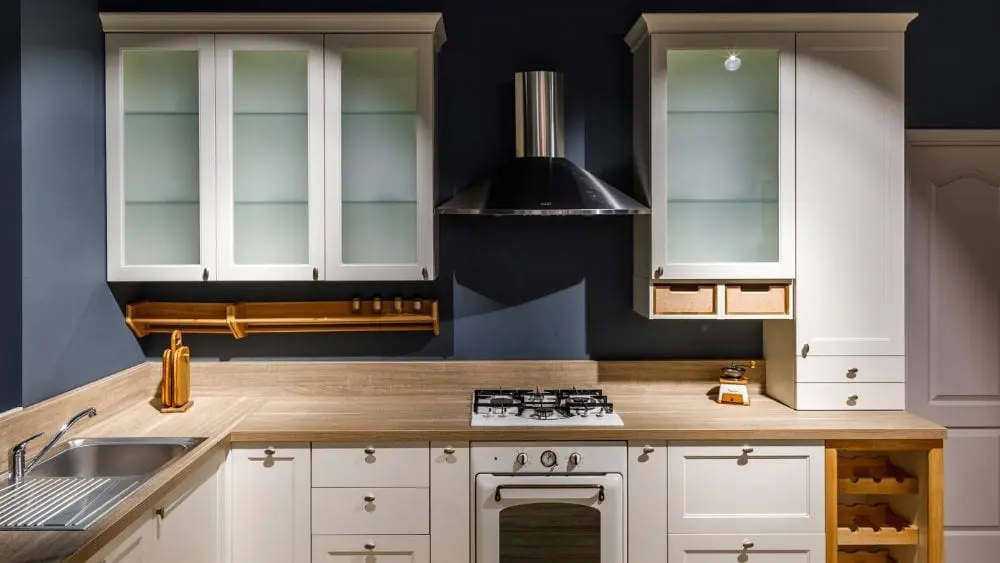
We all want to mark our turf.
It’s a deep- rooted instinct — an instinct that’s seldom more compelling than when buying a new home. It’s natural to want to personalize that home, to add character and finishing touches that make your home stand out as your own.
To help get the look and style that is you, here are five specific areas in which you can add personal touches to truly make your new house your new home.
Flooring
The opportunity to personalize your home with unique flooring design or materials is endless. Most builders offer several flooring choices or options and numerous carpeting color selections and upgrades.
Beyond the builder’s design center is a world of possibilities. Hardwood is a common upgrade. Besides oak, hardwood flooring is available in a number of exotic woods. Wood flooring is also produced in a variety of finishes, color tones, patterns and styles, such as parquet and plank. Laminate, vinyl, tile and stone products come in numerous hues and unlimited designs as well.
To really personalize your home, consider combining different tile colors and sizes. Add room borders, patterns or designs with different shades of vinyl flooring or different woods in hardwood flooring. Or, mix the types of flooring installed, such as a tile or stone border on a hardwood floor.
Countertops
Plastic laminate (think Formica) is usually the default material for new-home countertops and it’s available in numerous colors and designs. Also popular, solid-surfacing (such as Corian) comes in hundreds of colors and patterns and can be easily customized for your home with unique backsplashes, edge treatments, inlays and pinstripes.
Optional countertop materials include the new quartz-based engineered stone (offered in a variety of colors); natural stones such as granite, soapstone and slate; or even concrete.
Ceramic tile is available in limitless colors, styles and individualized designs for countertops but is now considered more suitable for backsplashes or less-used islands. Wood countertops are another possibility, especially for cutting block areas.
Lighting
Generally, your builder will equip your home with ambient lighting and will offer a good selection of decorative ceiling fixtures as options.
Supplied ceiling fixtures can easily be swapped out for more dramatic or elaborate fixtures after construction. Where you can add a decorative, mood-creating and personalized touch before construction is with careful preparation for future task lighting in the kitchen, office or other work spaces, accent lighting to showcase artwork or architectural features, stylized vanity lighting, recessed downlights, spots, wall sconces and/or pendant lights.
This may require professional help. In the kitchen, for example, work with your builder’s designer or a certified lighting consultant to determine the appropriate number and spacing of recessed canister lights. Most people specify too many. Ask your builder to install ceiling electrical boxes for any planned island counter pendants, central chandelier or over-table decorative lighting.
For an additional personalized touch, have electrical boxes added to provide for accent lighting of such features as planned glass-fronted cabinets and wine racks. Or, consider having your builder provide electrical runs and dimmer switches for under-cabinet task lighting and/or over-cabinet mood lighting.
Cabinet Hardware
Cabinet knobs, handles and drawer pulls are available in an almost unlimited number of styles and designs and come in a variety of finishes. Your builder’s design center will showcase numerous hardware possibilities.
You can closely match the hardware design to the design of the cabinets and the hardware’s finish to the finish on a nearby light fixture, faucet or appliance.
But, there are no rules. You don’t have to match designs or finishes as long as the whole design is compatible. Listen to your artistic side. Mix and match. Painted and hand-crafted hardware, unique styles, glass, crystal or ceramic knobs, even custom-designed knobs and drawer pulls with personal insignias are all available. Be creative and add a touch that showcases your personality.
Crown Molding
Crown molding adds the final bit of elegance and a personal touch to any room. Select a molding profile that’s compatible with the style of your interior décor. Molding profiles range from simple to ornate, with the latter working best in large, traditional-style spaces.
Base the width of the molding you select on the height of the ceiling in your new home. Rules of thumb vary, but generally choose three- to five-inch-wide crown molding with an eight-foot ceiling and six- to eight-inch-wide molding for a 10-foot-high room. If your ceiling height is more than 10 feet high, consider stacking trim and crown moldings or installing a narrow strip of trim a few inches below the crown molding. Unless you’re especially handy, hire a pro to install.
Upgrade trim packages may be available from your builder as an option. If not, they may be able to suggest a reliable finish carpenter.

Roy Diez is a freelance writer and marketing professional specializing in the architectural, building and construction industry. He is a former editor-in-chief of Professional Builder magazine.
 Frightening Facts About Used Homes
Frightening Facts About Used Homes